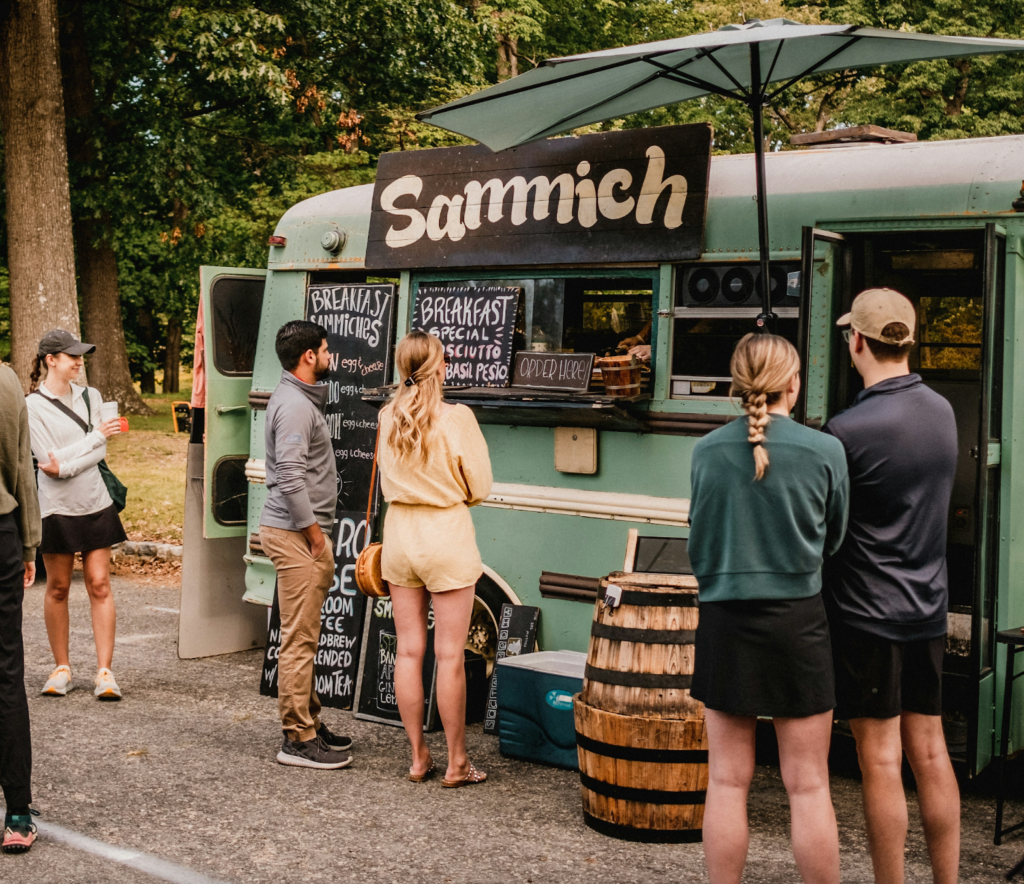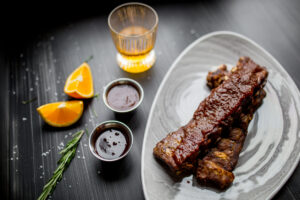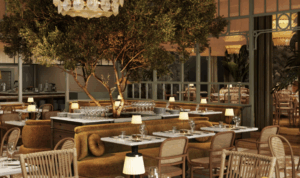In today’s dynamic culinary landscape, staying ahead of the curve requires more than just excellent food and service—it demands innovation, adaptability, and a keen understanding of evolving consumer preferences. One effective strategy for growth and expansion is diversifying with a secondary concept. Whether it’s launching a fast-casual spin-off of your main restaurant, introducing a food truck, or diving into a new cuisine, a secondary concept can open new revenue streams, attract different customer segments, and solidify your brand’s presence in the market.
When discussing this path with clients, I often share the story of Oren’s Hummus and the strategic decision to launch the fast-casual spinoff restaurant Oren’s Hummus Express as a prime example of brand evolution. The original Oren’s Hummus locations had already built a strong following with their authentic Mediterranean dishes and welcoming dine-in atmosphere. However, we noticed a shift in consumer behavior—more people were looking for convenient, high-quality meal options they could grab quickly without compromising on taste or nutrition. And where better than next to Stanford’s campus full of busy students? This spin-off diversified the customer base and enhanced the overall brand by offering flexibility and convenience, all while staying true to the core values and flavors that made Oren’s a beloved name in the first place. It’s a move that perfectly illustrates how understanding your market and adapting to changing needs can lead to successful expansion without diluting your brand.
Why Consider a Secondary Concept?
Expanding with a secondary concept isn’t just about growth—it’s about sustainability. By diversifying your offerings, you create a safety net that can help cushion your business during economic downturns, shifts in consumer behavior, or increased competition. A secondary concept allows you to:
- Tap into New Markets: A different concept can attract a new demographic or cater to a niche market that your primary restaurant doesn’t fully reach. For example, if your main restaurant is fine dining, a fast-casual version can appeal to busy professionals or families seeking quality food at a quicker pace.
- Maximize Brand Equity: Your existing brand has already built a reputation, customer loyalty, and a market presence. A secondary concept allows you to leverage this brand equity while exploring new avenues, reducing the risk compared to starting an entirely new brand from scratch.
- Increase Revenue Streams: Diversification can provide additional income channels. A food truck, for instance, could bring in revenue at events, festivals, or corporate functions, while a new cuisine might attract customers looking for something unique, broadening your restaurant’s appeal.
Types of Secondary Concepts to Explore
- Fast-Casual Spin-Off
- If your primary restaurant is known for its gourmet dishes and elegant ambiance, consider launching a fast-casual version. This could feature a streamlined menu focusing on your most popular dishes, offered in a more casual, quicker service environment. Think of it as bringing your fine dining experience to a broader audience who may prefer convenience without compromising on quality.
- Food Truck
- A food truck offers a flexible, lower-cost entry into new markets. It’s a great way to experiment with new menu items or even test the waters for a potential brick-and-mortar location. The mobility of a food truck allows you to reach different areas and participate in community events, creating brand visibility and attracting new customers who may later visit your main restaurant.
- New Cuisine or Concept
- Diversifying doesn’t always mean simplifying. You could explore an entirely new cuisine that complements your current offerings. For example, if your main restaurant specializes in Italian cuisine, you might consider a secondary concept focusing on regional Italian street food or a wine bar with small plates. This not only attracts food enthusiasts looking for something different but also positions your brand as a multifaceted culinary authority.
Diversifying with a secondary restaurant concept is a strategic move that can drive growth, increase brand recognition, and safeguard against market fluctuations. Whether it’s a fast-casual version of your main restaurant, a mobile food truck, or an exploration into a new cuisine, the key is to maintain consistency in quality and service while offering something fresh and exciting to the market. With careful planning, research, and execution, your secondary concept can become a valuable extension of your brand, leading to sustained success and new opportunities in the culinary world. Want help planning for this big move? Request a consultation here: https://eyespycc.com/get-started/







